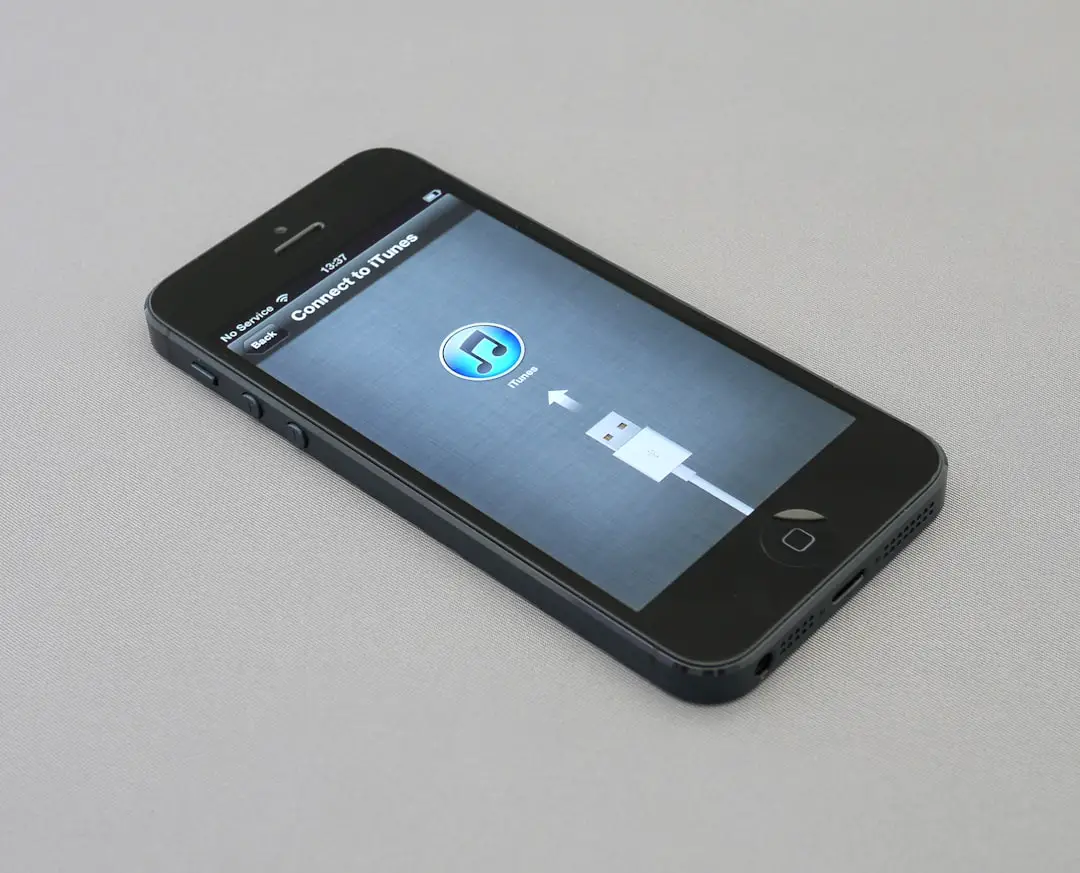OneDrive is an essential cloud storage tool for millions of users on both Windows and macOS platforms. It automatically syncs your important files and folders across devices, ensuring accessibility and backup. However, it’s not immune to issues—many users occasionally encounter OneDrive not syncing properly.
If your OneDrive is stuck or not syncing, don’t panic. The causes could range from basic misconfigurations to connectivity problems or software conflicts. Here’s a detailed guide to help you identify and resolve OneDrive syncing issues on both Windows and macOS.
1. Check Your Internet Connection
An unstable or offline internet connection is a common reason for sync issues. Make sure your device is connected to the internet and that the connection is stable and strong enough to upload or download files.
2. Ensure OneDrive Is Running
Sometimes the OneDrive app may shut down or fail to launch automatically. To check if OneDrive is running:
- Windows: Look for the OneDrive cloud icon in the system tray at the bottom-right. If it’s missing, search for “OneDrive” in the Start menu and launch it.
- Mac: Check the menu bar at the top-right for the OneDrive icon. If not found, open it from the Applications folder.
3. Verify Your Account and Sign-In Status
Occasionally, OneDrive may sign you out due to credential changes or updates. Ensure that you are signed in and that your account has permission to sync the folders.
Also, confirm that your OneDrive plan offers sufficient storage. If you’re at capacity, OneDrive won’t sync new files.

4. Check File Size and Type Restrictions
OneDrive has some limitations on file uploads:
- Each file must be less than 250 GB.
- Certain file types or names (with specific characters) may be restricted.
- Files may not sync if they’re open in another program or being actively edited.
5. Use the “Pause” and “Resume” Sync Feature
Sometimes a simple pause-resume cycle can refresh syncing:
- Click the OneDrive icon.
- Select Help & Settings → Pause Syncing.
- Wait 10–20 seconds, then select Resume Syncing.
This can force OneDrive to re-establish sync with the server.
6. Update OneDrive
Using an outdated version of the OneDrive client can lead to bugs or compatibility issues, particularly after a major OS update.
- Windows: OneDrive updates automatically via Windows Update. Still, you can manually download the latest version from Microsoft’s official site.
- macOS: Check for updates via the App Store or OneDrive’s embedded update mechanism.
7. Run the OneDrive Troubleshooter (Windows only)
Windows comes with a built-in OneDrive Troubleshooter that can detect and fix common problems. This tool can be accessed by searching “Troubleshoot” in the Start menu and selecting Additional Troubleshooters.

8. Reset OneDrive
If syncing is still not working, a full reset might help. Note: Resetting OneDrive removes the local copy of your files but doesn’t delete anything from the cloud.
- Windows: Press Win + R, then paste:
%localappdata%\Microsoft\OneDrive\onedrive.exe /reset - macOS: Use Terminal and type:
/Applications/OneDrive.app/Contents/Resources/ResetOneDriveApp.command
Once the reset is complete, restart OneDrive and re-sign in to begin the sync process anew.
9. Check Your Folder and File Permissions
On both Windows and macOS, OneDrive may not sync files if it doesn’t have access rights. This could happen with folders controlled by another user or if the document permissions were altered.
- Mac: Go to System Settings → Privacy & Security and ensure OneDrive has full disk access.
- Windows: Right-click the folder → Properties → Security, and verify your user account has the right permissions.
10. Reinstall OneDrive
If all else fails, consider uninstalling and reinstalling OneDrive:
- Windows: Use Settings → Apps to uninstall, then download the latest version from the official site.
- macOS: Drag OneDrive to the Trash and reinstall via the App Store or Microsoft’s website.
Final Thoughts
OneDrive is generally reliable, but issues can arise due to factors like connectivity, permissions, outdated versions, or temporary glitches. By methodically following the steps outlined above, most users can resolve syncing problems without losing data or resorting to extreme measures. If the issue still persists, contacting Microsoft Support may be the next best step.
Maintaining a consistent backup policy and ensuring your files sync regularly can prevent bigger headaches down the line.
